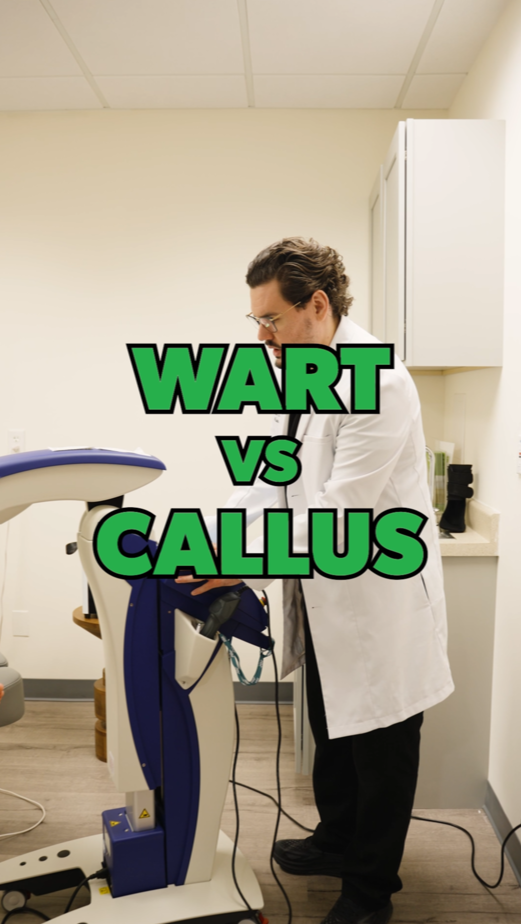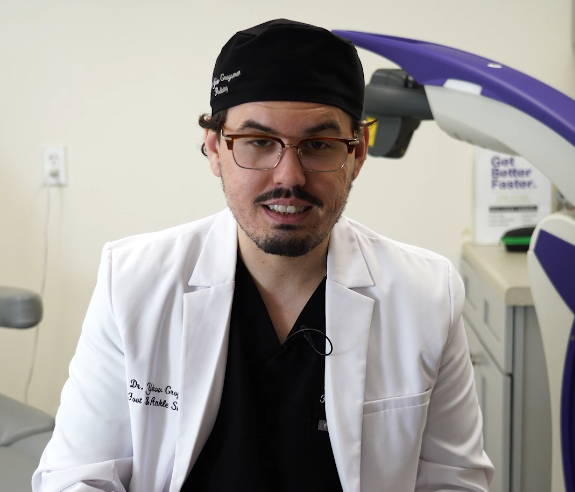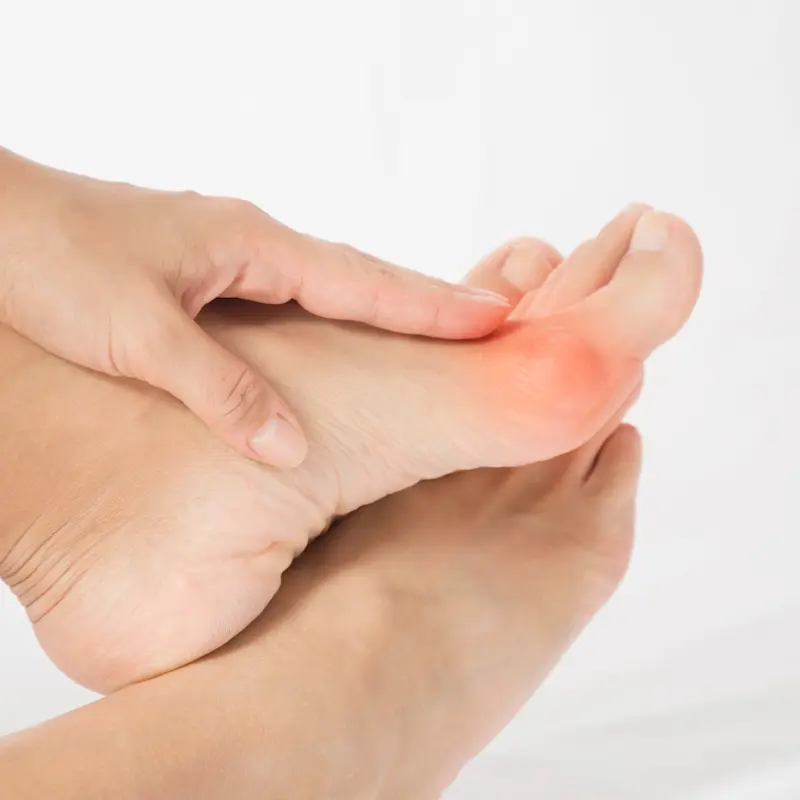
What are Warts?
Warts are non-cancerous skin growths caused by the human papillomavirus (HPV). When HPV infects the outer layer of the skin, usually through a cut or abrasion, it can result in the rapid growth of cells on the outer layer of skin, when located on the feet, they are specifically referred to as plantar warts.
Warts FAQ
For a proper diagnosis and recommended treatment plan,
we suggest you consult with a podiatrist for professional help and care.

















